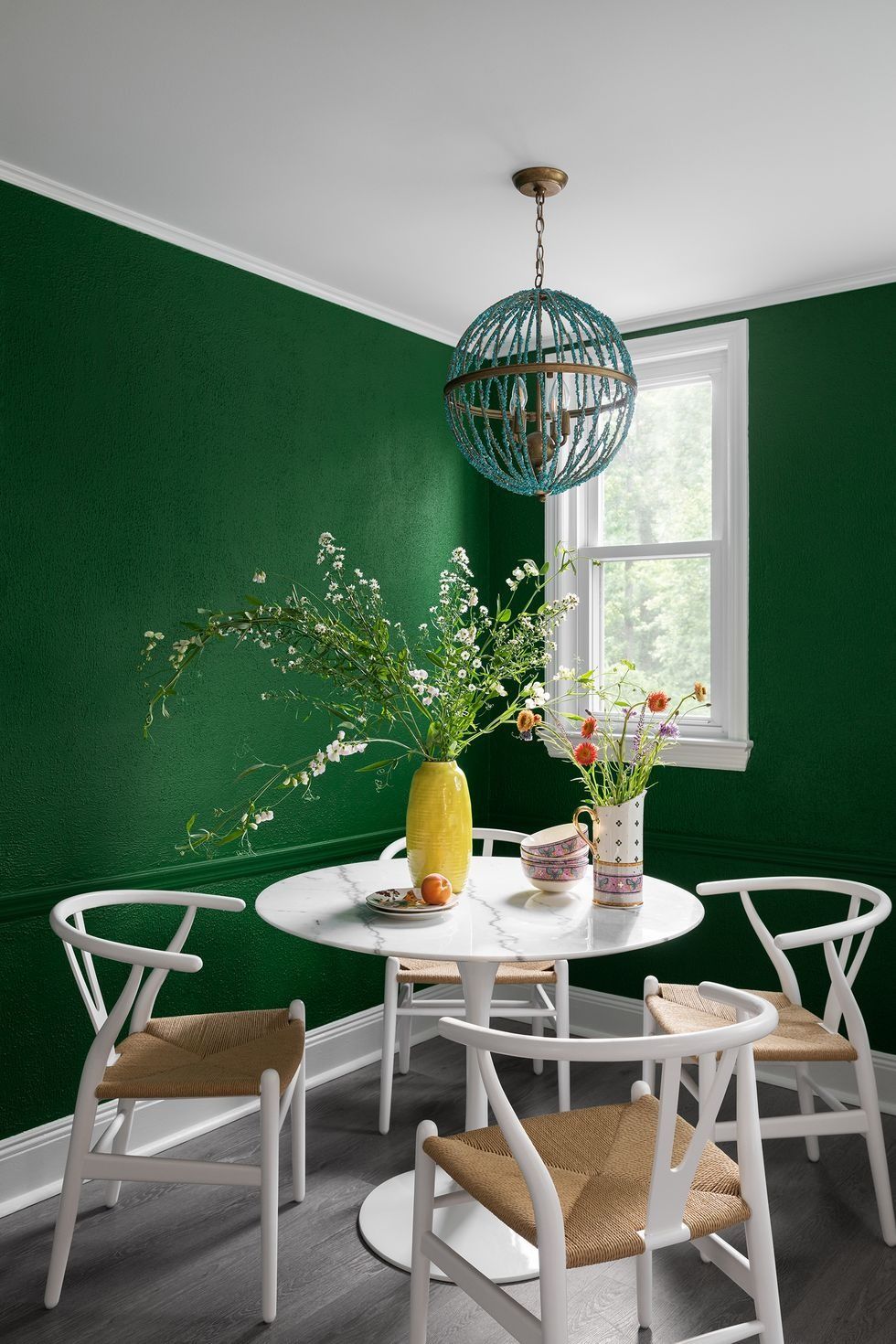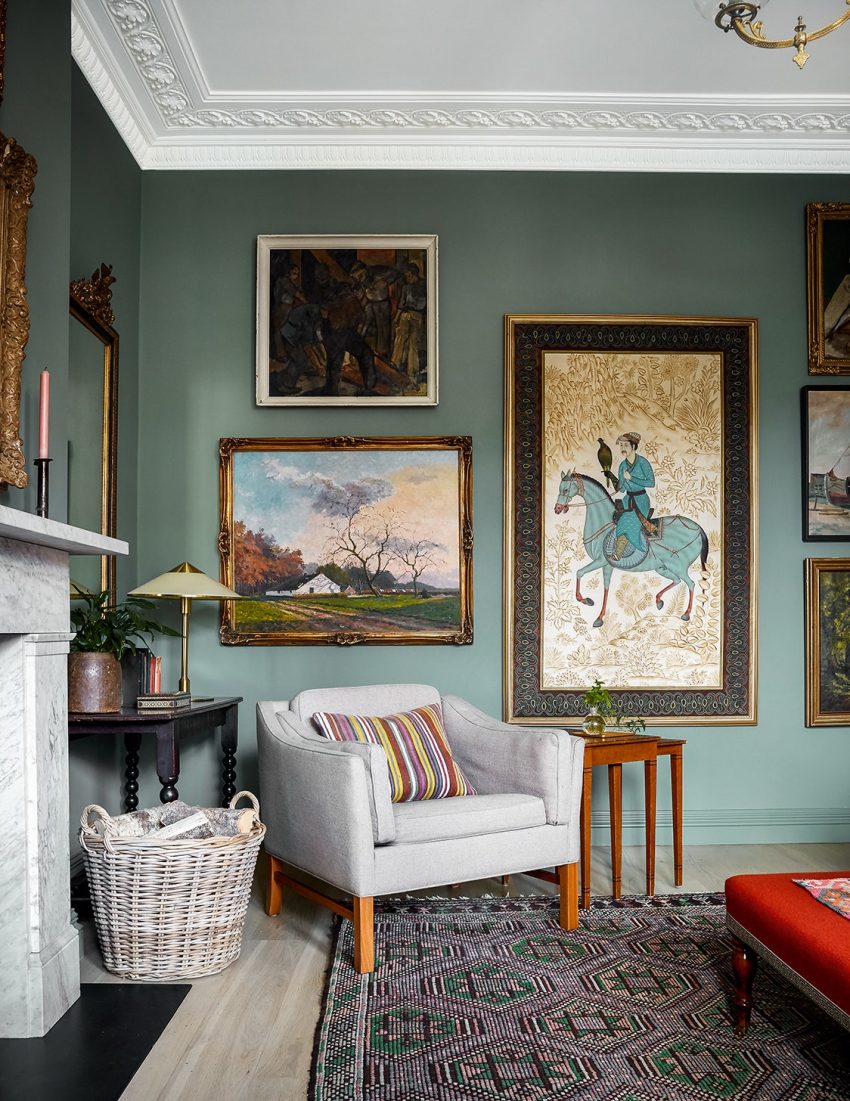How long does interior paint last? Painting the interior of your home can bring a refreshing and transformative effect to the overall ambiance. However, it’s important to consider the lifespan of interior paint to ensure its longevity and maintain the desired aesthetic appeal. Factors such as paint quality, application techniques, environmental conditions, maintenance, and the specific area being painted can affect the lifespan of interior paint. In this comprehensive guide, we will explore these factors and provide general guidelines to help you understand how long interior paint lasts and how to maximize its longevity.
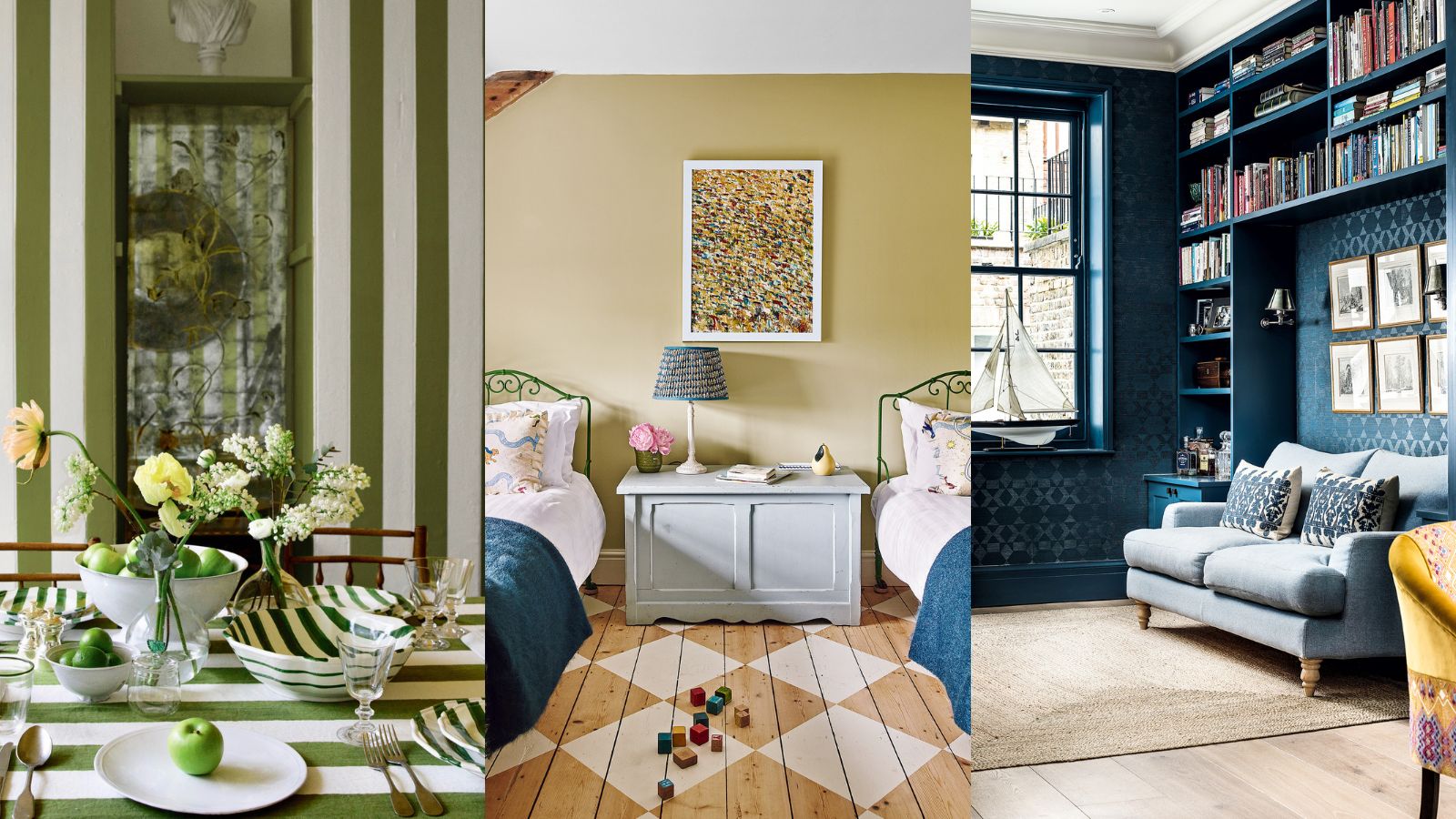
Paint Quality:
High-Quality Paint: Choosing high-quality paint can significantly impact its lifespan. Higher-grade paints often have better pigmentation, durability, and resistance to fading, cracking, and stains. Invest in quality paints from reputable brands to ensure longevity.
Acrylic Latex Paint: Acrylic latex paint is commonly used for interior applications due to its durability, quick drying time, and ability to withstand regular cleaning. It generally lasts longer than other paint types.
Application Techniques:
Proper Surface Preparation: Adequate surface preparation is crucial to ensure proper paint adhesion and longevity. Clean the surface thoroughly, repair any cracks or holes, and sand rough areas before applying paint. Primer may also be necessary for optimal adhesion.
Multiple Coats: Applying two or more coats of paint provides better coverage and durability. Each coat helps to build a barrier against wear and tear, enhancing the overall lifespan of the paint.
Recommended Drying Time: Allow each coat of wall paint to dry fully before applying subsequent coats or exposing the painted surface to normal use. Following the manufacturer’s recommended drying time ensures that the paint cures properly and maintains its resilience.
Environmental Conditions:
Humidity: High humidity levels can affect the drying process of paint and lead to issues such as blistering or peeling. Maintain a controlled indoor environment with proper ventilation to facilitate faster and thorough drying.
Temperature: Extreme temperature fluctuations can impact the performance and lifespan of paint. Try to avoid excessively hot or cold conditions during painting and afterward for optimal results.
Maintenance and Cleaning:
Regular Cleaning: Proper maintenance and regular cleaning of painted surfaces can extend the lifespan of interior paint. Use mild and non-abrasive cleaners to prevent damage or fading. Avoid using harsh chemicals or scrubbing vigorously, as these can strip away the paint finish.
Touch-Up Painting: Address any minor scuffs, scratches, or nicks promptly with touch-up painting. This prevents further damage and maintains the overall appearance of the paint.
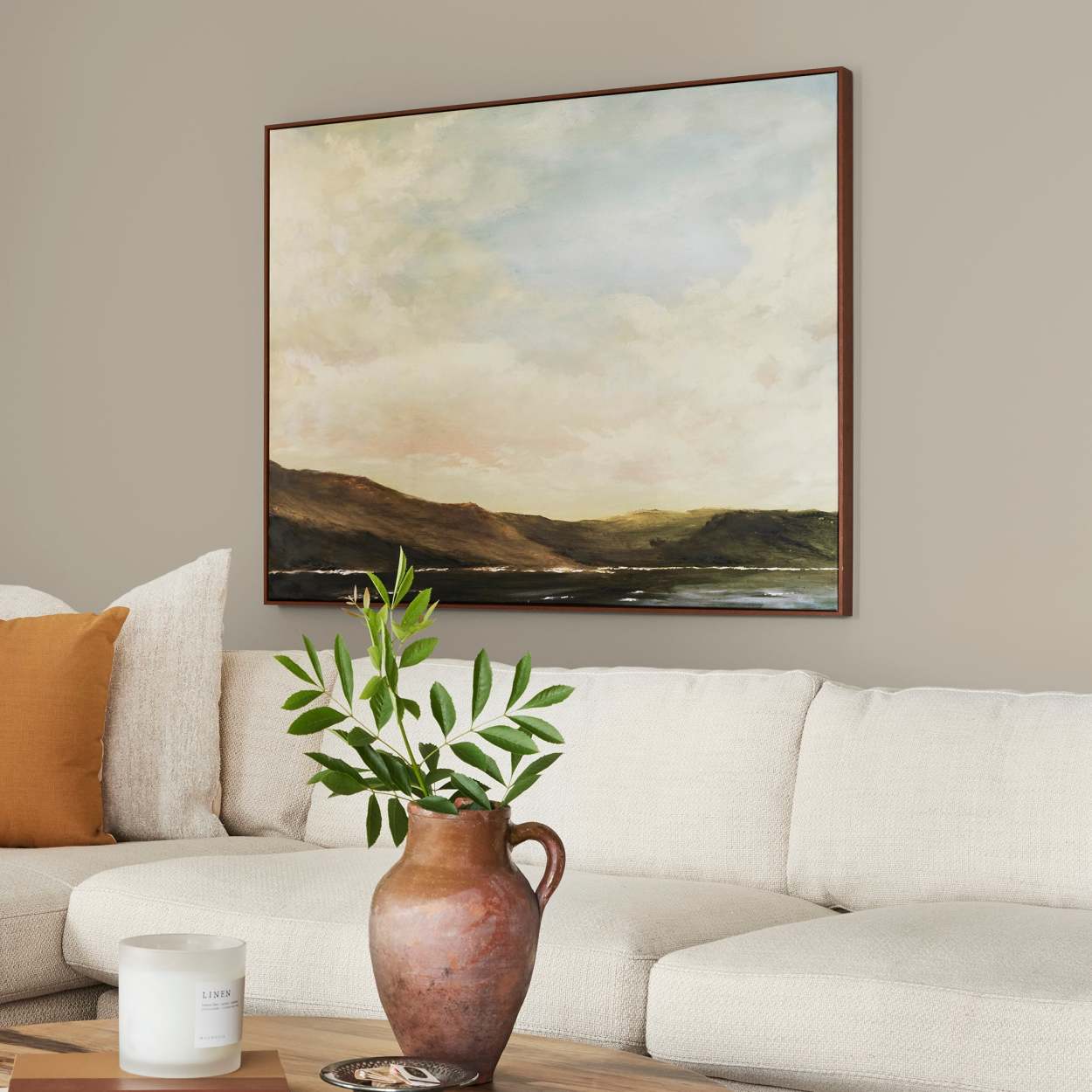
Specific Areas and Usage:
High-Traffic Areas: Interior paint in high-traffic areas like hallways, staircases, or entryways may experience more wear and tear. Consider using more durable ombre paint wall finishes like satin or semi-gloss, as these can withstand frequent cleaning and offer better resistance to damage.
Moisture-Prone Areas: Bathrooms, kitchens, or laundry rooms are prone to moisture, steam, and humidity. Opt for moisture-resistant paints, such as semi-gloss or satin formulations with mildew inhibitors, to increase their lifespan in these areas.
Ceilings and Vertical Surfaces: Ceilings generally experience less wear than walls. With proper care and maintenance, paint on ceilings can last longer. Vertical surfaces, on the other hand, may be more prone to accidental contact and require touch-up painting as needed.
What materials are there for interior paint?
When it comes to interior paint, there are various types of materials available, each with its own characteristics, advantages, and recommended uses. The material of the paint affects factors such as appearance, durability, and ease of application. Knowing the different types of paint materials can help you choose the most suitable option for your specific needs.
Water-Based Paint:
Water-based paints, also known as latex paints, are the most common type of interior paint. They are made primarily from water, acrylic resins, and pigments. Water-based paints offer several advantages, including:
Ease of Application: Water-based paints are easy to handle and have a much faster drying time compared to oil-based paints. They are generally less likely to drip or show brushstrokes.
Low Odor: Water-based paints have minimal or no odor compared to oil-based paints, making them more pleasant to work with.
Easy Cleanup: Water-based paints can be easily cleaned up with soap and water, eliminating the need for harsh solvents or thinners.

Oil-Based Paint:
Oil-based paints, also known as alkyd paints, are traditional and durable options for interior painting. They are made from a combination of solvents, binders, and pigments. Oil-based paints offer the following advantages:
Durability: Oil-based paints provide a durable and tough finish that is resistant to wear, scratches, and scuffs. They are often used in high-traffic areas or areas with rough handling.
Smooth Finish: Oil-based paints produce a smooth and glossy appearance, making them suitable for trim, doors, and furniture.
Long Open Time: Oil-based paints have a longer open time, allowing for better leveling and brushing. This makes them ideal for projects that require more time to complete.
Adhesion: Oil-based paints have excellent adhesion properties, making them suitable for both previously painted and unpainted surfaces.
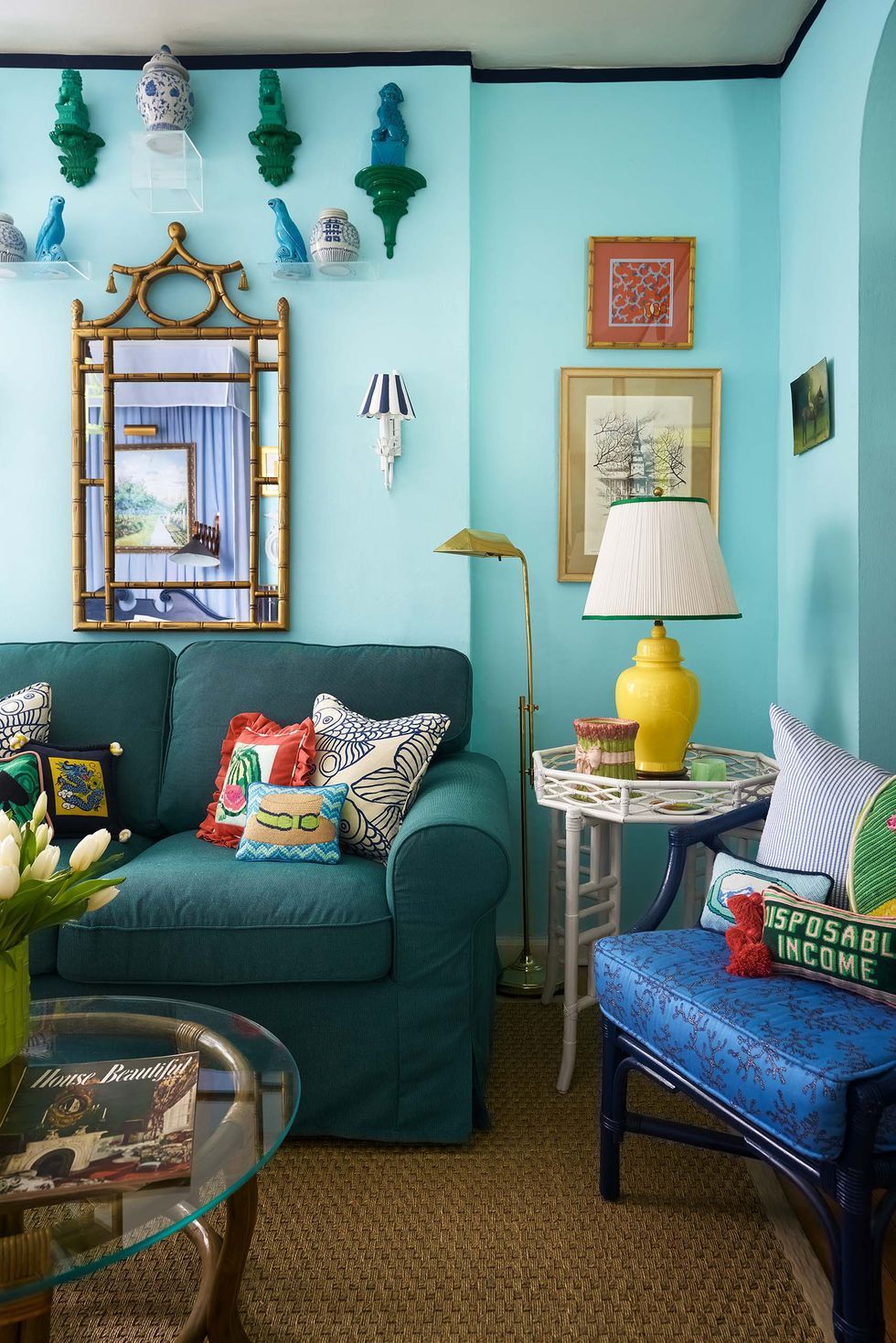
Latex Paint:
Latex paint is a broad term that encompasses water-based paints with synthetic binders as the main component. Although latex paints are commonly used interchangeably with water-based paints, it’s important to note that not all water-based paints are latex paints. The advantages of latex paint include:
Flexibility: Latex paints have good flexibility and are less likely to crack or peel, making them suitable for use on surfaces that expand and contract.
Breathability: Latex paints allow moisture to pass through the paint film, preventing issues such as blistering or peeling caused by trapped moisture.
Color Retention: Latex paints have excellent color retention, resisting fading and yellowing over time.
In conclusion
The lifespan of interior paint depends on various factors such as paint quality, application techniques, environmental conditions, maintenance, and usage. By choosing garage wall paint, applying it properly, and maintaining it regularly, you can maximize the lifespan of the interior paint in your home. Consider the specific needs of different areas, such as high-traffic or moisture-prone spaces, to ensure optimal durability. With proper care and attention, interior paint can last for several years, providing you with a beautiful and inviting living space.
